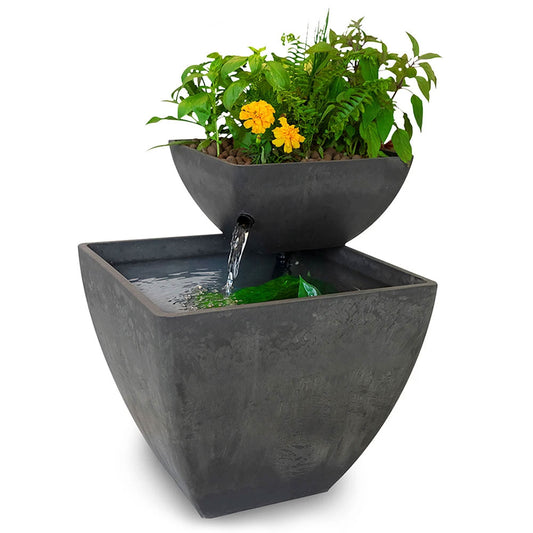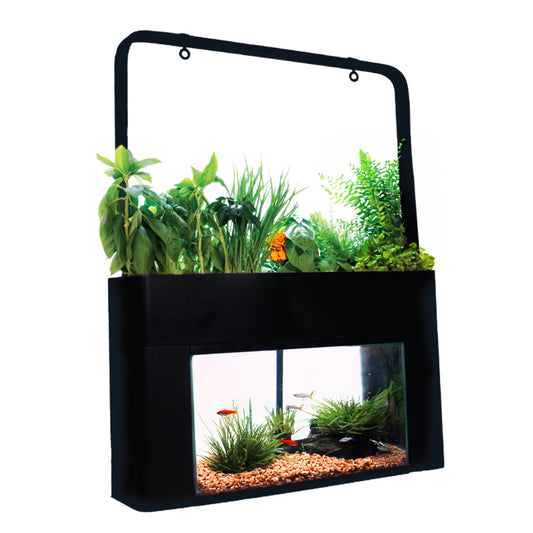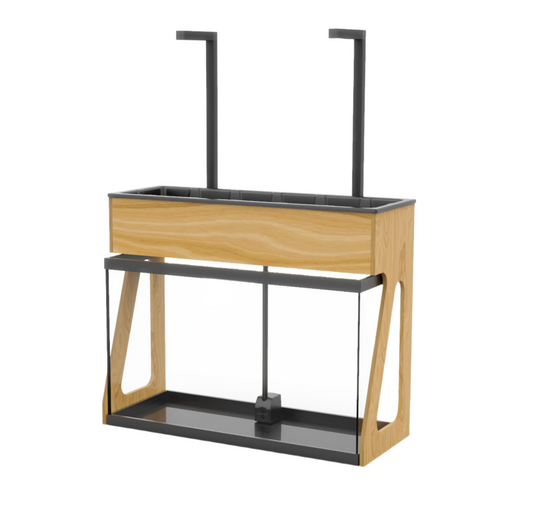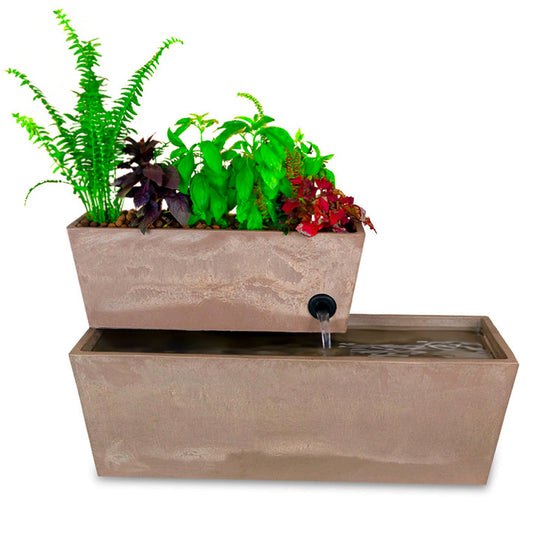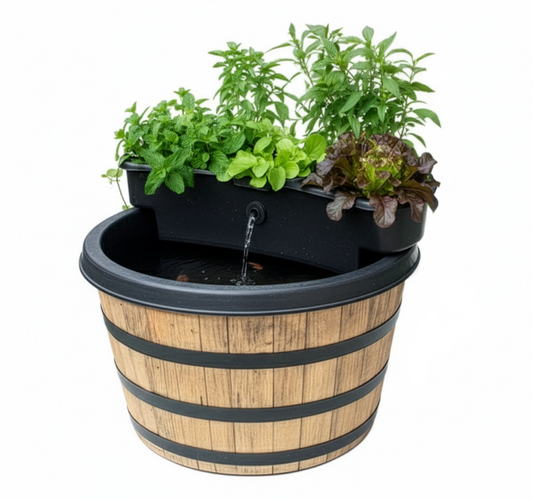The History of Aquaponics

The earliest known aquaponic systems were developed by the Aztecs, who cultivated crops on floating rafts in Lake Texcoco. The Aztecs developed a unique agricultural system known as chinampas or "floating gardens". These were highly fertile islands irrigated by nutrient-dense canal water, contributing significantly to the Aztec Empire's sustenance. The Chinese also developed a system of aquaculture called recirculation aquaculture systems (RAS), which is similar to modern aquaponics systems.
In the contemporary world, aquaponics gained momentum in the 1970s. Today, there are a variety of aquaponic systems available, ranging from small home systems to large commercial farms. Aquaponics is now being used around the world to produce food in a sustainable and environmentally friendly way. It's particularly appealing to urban farmers due to its space-efficient nature.
Advantages of Aquaponics
- Sustainability: As a water-efficient method that doesn't require pesticides or herbicides, aquaponics is a sustainable approach to food production.
- High Yield: Aquaponics systems can yield up to 10 times more food per unit area compared to traditional farming methods.
- Nutrient-Dense Produce: The plants grown in aquaponics systems are nutrient-rich due to the continuous supply of essential nutrients from fish waste.
- Low Maintenance: Once established, aquaponics systems require minimal upkeep, demanding only a few hours of work weekly.
Here are some of the challenges facing the aquaponics industry:
- Cost: Aquaponic systems can be expensive to set up, especially large commercial systems. The cost of the system will vary depending on the size, type, and materials used. However, in general, aquaponic systems are more expensive to set up than traditional agricultural systems.
- Space: Aquaponic systems require some space, which can be a challenge in urban areas. The amount of space required will vary depending on the size of the system. However, even small aquaponic systems can take up a significant amount of space.
- Education: There is a lack of education and training about aquaponics. There is still a need for more research on aquaponics. This research is needed to improve the efficiency of the technology and to develop new applications for aquaponics.
- Regulations: Aquaponics is a relatively new technology, and there are a number of regulations that need to be considered. These regulations vary from country to country, and they can make it difficult to set up and operate an aquaponic system.
- Awareness: Aquaponics is still a relatively niche market, and there is a lack of awareness about the technology. This can make it difficult to market aquaponic products and services.
The Future of Aquaponics
Despite these challenges, the aquaponics industry is growing rapidly. As the demand for sustainable food production increases, aquaponics is likely to become an increasingly popular option. There are a number of factors that are driving the growth of aquaponics, including:
- The increasing demand for sustainable food production: As the world's population grows, there is a growing demand for sustainable food production methods. Aquaponics is a highly sustainable food production method, and it is therefore well-positioned to meet this demand.
- The rising cost of traditional agricultural methods: The cost of traditional agricultural methods, such as crop irrigation, is rising. Aquaponics is a more water-efficient method of food production, and it therefore has the potential to save farmers money.
- The increasing interest in urban farming: There is a growing interest in urban farming, and aquaponics is a particularly attractive option for urban farmers. Aquaponic systems can be used to produce food in a relatively small space, and they do not require any pesticides or herbicides.

